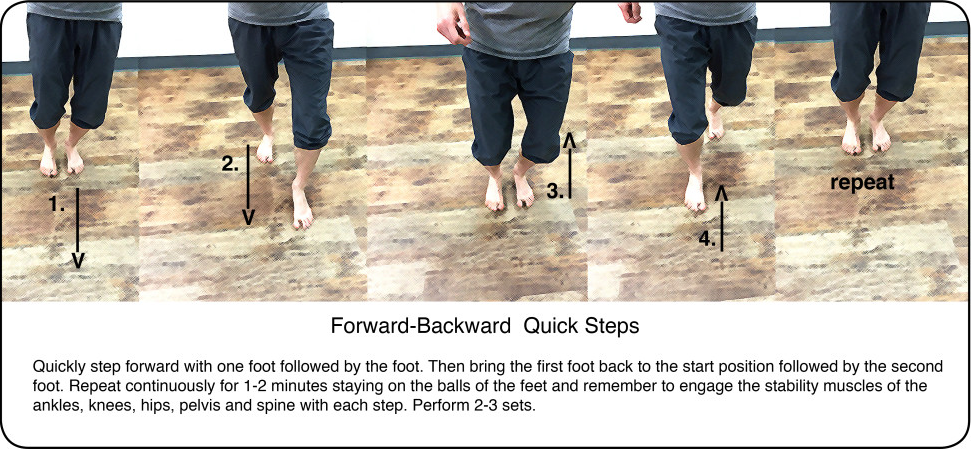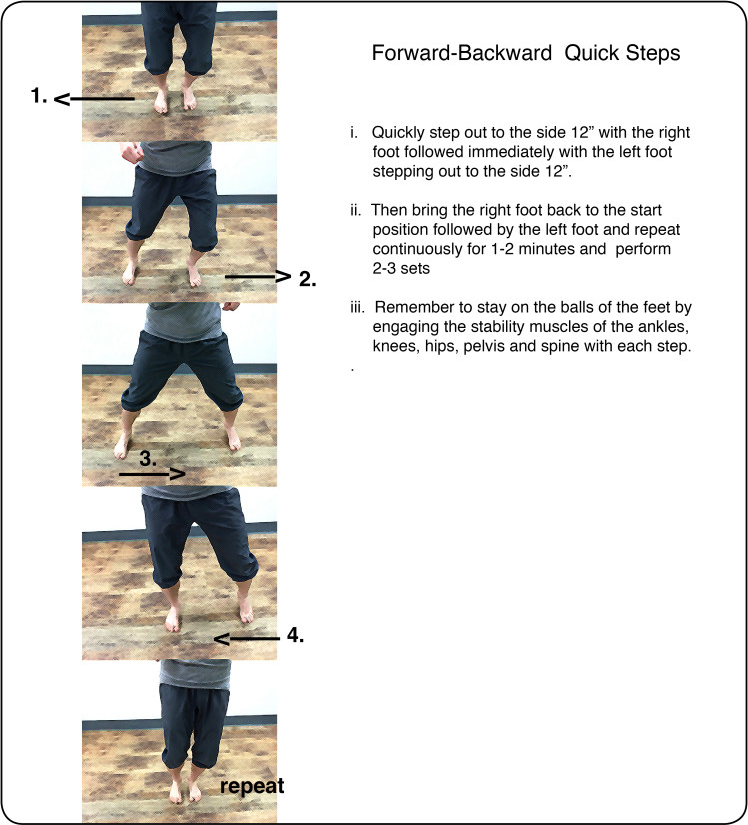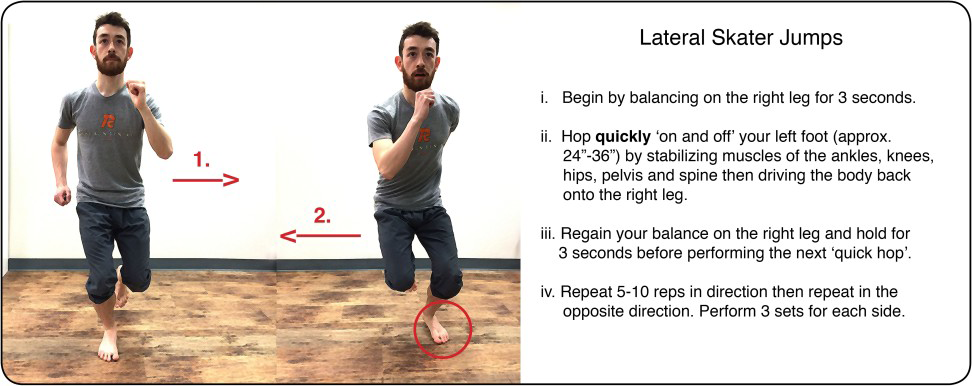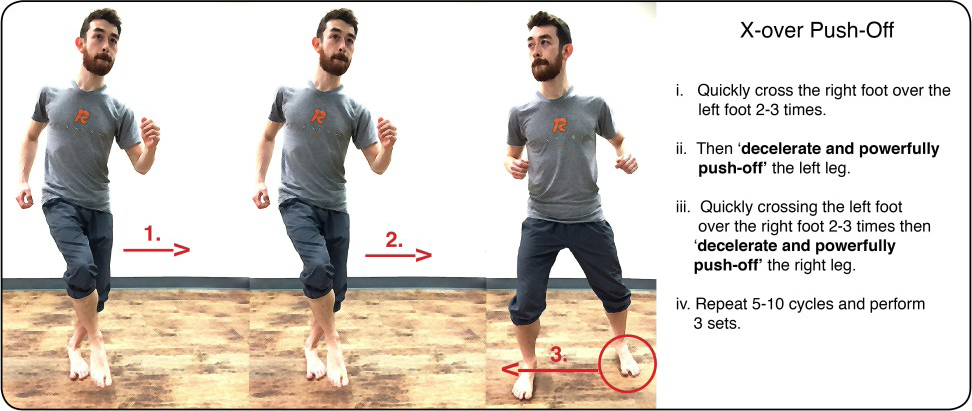
Functional Strength Training for Trail Running
Since trail running is a highly dynamic activity over varying surfaces and terrain, strength training should be incorporated to provide a complete running program. Strength and ‘dynamic stability’ exercises can significantly improve a trail runner’s performance while decreasing the risk of injury (for both repetitive and traumatic injuries). Since some see trail running as having several categories (steep uphill, incline, level, decline, technical downhill), there should be one to two exercises unique to each of these categories.
The exercises included in this blog are a few examples of a basic strengthening program that addresses each of the components of trail running. These exercises should be performed after a training run to reduce the risk of injury due to the fatigue of the primary stability muscles.
Single Leg Vertical Jump

The ‘Single Leg Vertical Jump’ develops strength and power of the core abdominals, gluteals, quadriceps, calves. This exercise requires propelling the body upwards with one leg. It’s ideal to help improve steep uphill running and steady inclines.
Anticipating and controlling the landing also trains the body to ‘actively stabilize’ the ankle, knee, hip, pelvis, and spine together. Agility exercises will help develop a quicker and lighter turnover for running over flat terrain and gradual declines.
Quick Step


‘Quick-Step’ exercises require subtle rapid activation and de-activation of stabilizing muscles of the feet, ankle, knees, hips, pelvis and spine. Dissociation is when the arms and legs move freely and independently from the trunk and pelvis. Focusing on this will improve quickness while reducing muscle fatigue and oxygen consumption.
Strength training for technical downhill running should include exercises with powerful cross-over and lateral movements. This will condition muscles for the high loading and unloading that occurs along the entire lower limb and torso.
Skater Jumps & Cross Over Push Offs


‘Skater Jumps’ and ‘Cross Over Push-Off’ exercises require the body to make quick and powerful changes. These mimic loading of muscles as the body descending quickly downhill in varying directions.
Visit www.impulsesport.ca for more information.
Ren Wong, MDes, BScPT, BScKin
Resistered Physiotherapist, Impulse Sport Therapetics
Sorry, the comment form is closed at this time.